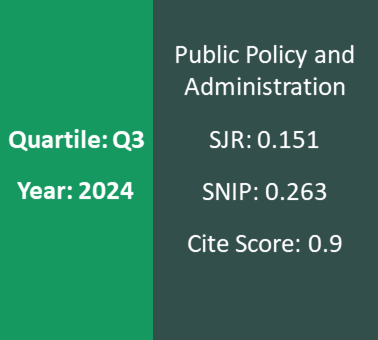Definition of Tax Avoidance, its Features and Relationship with Tax Evasion
Keywords:
Keywords: tax avoidance, tax evasion, business purpose rule, substance over form principle, transfer pricing, arm’s length principle, thin capitalization, taxation of controlled foreign corporations, tax disputes.Abstract
Tax avoidance can be called an art not to pay taxes without breaching any tax law and not reducing a tax burden.
Avoiding taxes it is simulated a chain of transactions in consequence of which a tax payer gets tax benefit. This type
of behavior wouldn’t be chosen in natural business conditions.
Tax avoidance rules could be divided into general anti-avoidance rules and specific anti-avoidance rules.
GAAR are used when facing tax avoidance methods that are not regulated by SAAR. In this occasion tax administrator
has discretion to decide whether action of a tax payer corresponds to the aims of tax laws.
When analyzing the nature of common tax avoidance norms, two doctrines have to be separated: business
purpose rule and substance over form principle. Tax avoidance is defined using both of these principles in Tax
administration law of the Republic of Lithuania. According to the Article 69, when any transaction of a tax payer
or any group of transactions are made to reach a tax benefit (directly or indirectly delay a term to pay a tax, to reduce
a tax or completely escape from taxation, or to increase the sum of a tax, which the tax payer has a right to refund
(deduct), or to shorten a term for this refunding (deduction), tax administrator has a right to calculate payable tax
using substance over form principle. In this situation tax administrator acts independently from the tax payer’s
expression of his actions and regenerates the misrepresented or unrevealed facts, which is an object of taxation.
A tax payer can avoid taxes in different ways by hiding facts, which are an object of taxation. A tax payer can
compose a sham transaction, which is not reflecting the real purpose of it. Also he can make fictitious contract or
represent in accountancy fictitious transactions. It should be stated that a legitimate transaction could be accepted
as tax avoidance, if it is composed among associated persons having purpose to avoid taxes. Such transaction would
have other conditions if it is made among non-associated persons.
In the article there are in detail analyzed some SAAR as transfer pricing, thin capitalization rules, taxation of
controlled foreign corporations.
The author studies differences between tax avoidance and tax evasion. It is stated that tax avoidance is a
situation when a tax payer reduces a tax basis simulating one or some actions, which officially fulfill the requirements
of tax laws. As a consequence, the tax payer gets a tax benefit. These actions usually are fixated in accountancy
not falsifying them. Tax evasion is a situation when a tax payer transacts contradictory to tax laws generally unfixating
real transactions revenue in accountancy.





